- No products in the cart.
Tetracycline with nystatin tab n / 100tys.ed about 10 pc
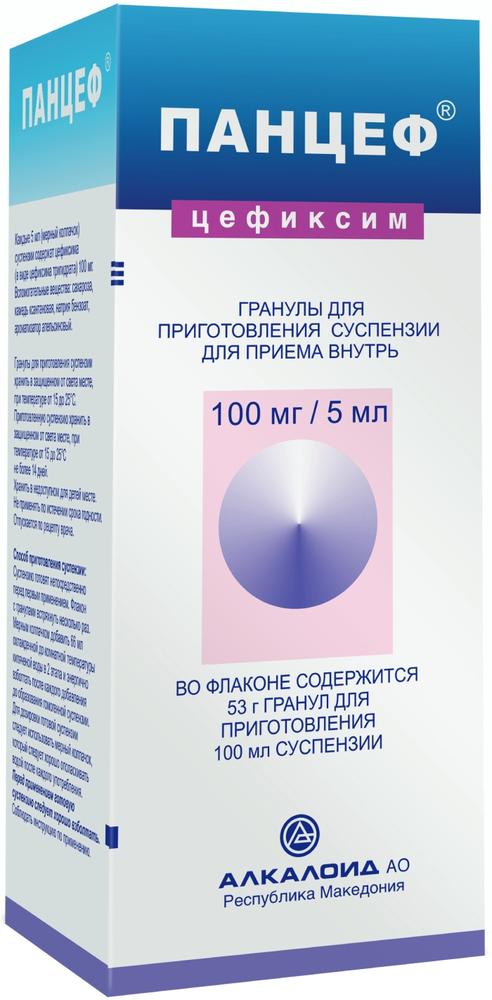
Pantsef prig.suspenzii granules for oral 53g 100mg / 5ml 100ml alkaloid
$14.93
Chloramphenicol 250mg tab 10 pc
$0.52
$2.51
Tetracycline with nystatin tab n / 100tys.ed about 10 pc
SKU: 717732223 Categories: Antibiotics, Antibiotics, antimicrobial, antiparasitic, Medicaments Tags: BIOSYNTHESIS, Nystatin + tetracycline
Description
Composition
Active substance:
1 tablet contains: tetracycline (in terms of active ingredient) – 0.1000 g (100 000 units) and nystatin (on an active substance in terms) – 0.0222 g (100 000 units).
Excipients:
Gelatin, calcium stearate, lactose (milk sugar), magnesium silicate (talc), potato starch.
Product form:
Tablets.
Contraindications
Hypersensitivity to the drug, pregnancy, lactation, leukopenia, liver failure, gastric ulcer and duodenal ulcer.
Childhood and adolescence for this dosage form.
Carefully.
Renal insufficiency.
Indications
Nystatin in the tablet aims to prevent the development of kandidamikoznyh infections.
Infectious diseases caused by sensitive to tetracycline microflora: pneumonia, bronchitis, tracheitis, empyema, cholecystitis, pyelonephritis, intestinal infections, syphilis, uncomplicated gonorrhea, brucellosis, rickettsial disease, purulent skin and soft tissue infections, trachoma, tonsillitis, pharyngitis, abrasions, stomatitis , gingivitis, acne.
Interaction with other drugs
Absorbance decrease antacids that contain aluminum, magnesium, calcium, iron preparations and colestyramine.
In connection with the suppression of intestinal microflora, decreases prothrombin index (requires reduction in dose proximity anticoagulant).
Reduces the efficiency of bactericidal antibiotics breaking cell wall synthesis (penicillins, cephalosporins).
Chymotrypsin increases the concentration and duration of drug circulation.
Estrogensoderzhaschih reduces the effectiveness of oral contraceptives increases the risk of bleeding “breakthrough”; Retinol – the risk of increased intracranial pressure.
Overdose
No data.
pharmachologic effect
Pharmacological group:
Antibacterials.
Pharmacodynamics:
The drug contains tetracycline – a bacteriostatic antibiotic of the tetracycline group and nystatin – polyene antibiotic, rendering fungistatic effect on yeast fungi of the genus Candida. Part of the nystatin reduces the number of side effects tetracycline.
Tetracycline – gives the formation of a complex between the RNA transport and the ribosome, which leads to violation of protein synthesis.
It is active against gram-positive bacteria – Staphylococcus spp. (Including Staphylococcus aureus, including penicillinase-producing strains), Streptococcus spp. (Some strains in t. H. Streptococcus pneumoniae), Actinomyces spp., Listeria spp., Bacillus anthracis, Clostridium spp .; Gram-negative organisms – Haemophilus influenzae, Haemophilus ducreyi, Bordetella pertussis, Escherichia coli, Enterobacter spp. (Including Enterobacter aerogenes), Klebsiella spp., Salmonella spp., Shigella spp., Yersinia pestis, Bartonella bacilliformis, Vibrio cholerae, Vibrio fetus, Rickettsia spp., Borrelia burgdorferi, Brucella spp. (In combination with streptomycin).
To a tetracycline resistant organisms: Pseudomonas aeruginosa, Proteus spp, Serratia spp, most strains of Bacteroides spp… mushrooms, small viruses, beta-hemolytic group A streptococci (including 44% of strains of Streptococcus pyogenes and 74% of strains of Streptococcus faecalis).
Pharmacokinetics:
The main pharmacokinetic parameters relate to tetracycline. Absorption – 75 – 77%, while food intake is reduced, the connection with plasma proteins – 55 – 65%. Time to maximum concentration after oral administration – 2 – 3 hours (to achieve a therapeutic concentration may take 2 – 3 days). Over the next 8 hours the concentration gradually decreases. The maximum concentration of – 1.5 – 3.5 mg / liter (to achieve a therapeutic effect sufficient concentration of 1 mg / L).
It crosses the placental barrier and into breast milk. The volume of distribution – 1.3 – 1.6 l / kg.
In the body, evenly distributed: the maximum concentration is determined in the liver, kidney, lung, spleen, lymph nodes. The concentration in the bile in 5 – 10 times higher than in serum. In the tissues of the thyroid and prostate tetracycline concentration corresponds detectable in the plasma; pleural, ascitic fluid, saliva, milk of lactating women – 60 – 100% concentration in the plasma. In large quantities it accumulates in bone tissue, tumor tissues, dentin and enamel of deciduous teeth. Poorly crosses the blood-brain barrier. When intact meninges into the cerebrospinal fluid is not detected or is found in small quantities (5 – 10% of plasma concentration). Patients with diseases of the central nervous system, particularly in inflammatory processes in the brain membranes, the concentration in CSF is 8 – 36% concentration in plasma.
Slightly metabolized in the liver. . The half-life – 6 – 11 h, anuria – 57 – 108 h urine is found in high concentration after 2 hours following administration and maintained for 6 – 12 hours; for the first 12 hours, kidneys displayed to 10 – 20% of the dose. In smaller amounts (5 – 10% of the total dose) excreted in the bile into the intestine where there is a partial reabsorption, which contributes to prolonged circulation of the active substance in the body (enterohepatic circulation). Excretion through the intestine – 20 – 50%. Hemodialysis removed slowly.
Nystatin is practically not absorbed from the gastrointestinal tract. Displayed through the gastrointestinal tract. Nystatin has no cumulative properties.
Conditions of supply of pharmacies
On prescription.
side effects
From the digestive system: anorexia, vomiting, diarrhea, nausea, abdominal pain, glossitis, esophagitis, gastritis, ulceration of the stomach and duodenum, the hypertrophy of the papillae tongue discoloration of tooth enamel in children, irritation of oral mucous membranes, dysphagia, hepatotoxicity , pancreatitis, increased activity of “liver” transaminases, hyperbilirubinemia.
From the nervous system: increased intracranial pressure, dizziness or unsteadiness.
From the side of hematopoiesis: hemolytic anemia, thrombocytopenia, neutropenia.
From the urinary system: azotemia, hypercreatininemia.
Allergic reactions: maculo-papular rash, skin flushing, angioedema, anaphylactoid reactions, drug lupus erythematosus.
Other: superinfection, photosensitivity, hypovitaminosis B.
special instructions
In connection with the possible development of photosensitivity, necessary to limit sun exposure.
To prevent irritation of the mucous membranes of the mouth is recommended after ingestion, rinse mouth thoroughly.
With prolonged use, requires periodic monitoring of renal function, hepatic, hemopoietic organs.
May mask the symptoms of syphilis, in this connection, with the possibility of mixed infection, you need to monthly serological analysis for 4 months.
All tetracyclines form stable complexes with calcium in any kostnoobrazuyuschey tissue. In connection with this appointment in the period of tooth development may cause lasting stain teeth yellow-gray-brown color, and enamel hypoplasia.
For the prevention of vitamin deficiencies should be given vitamins B and K, brewer’s yeast.
Storage conditions
In a dry, dark place at a temperature not higher than 25 ° C.
Dosing and Administration
Dosages are based on tetracycline (tetracycline into one tablet contains 0.1 g).
Inside after meal with water, 0.5 g of 4 times daily or 0.5 – 1 g every 12 hours with a maximum daily dose of 4.0 g
Duration of treatment is determined by your doctor.
Uncomplicated urethral, endocervical and rectal infections caused by Chlamydia trachomatis – 0,5 g 4 times a day for at least 7 days.
Information
Appearance may differ from that depicted in the picture. There are contraindications. You need to read the manual or consult with a specialist
Additional information
| Weight | 0.100 kg |
|---|---|
| Manufacturer | BIOSYNTHESIS |

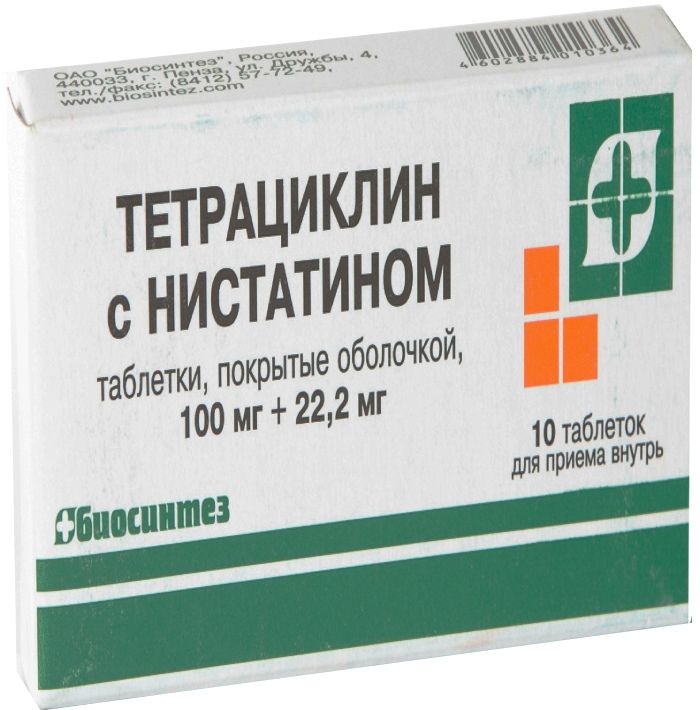
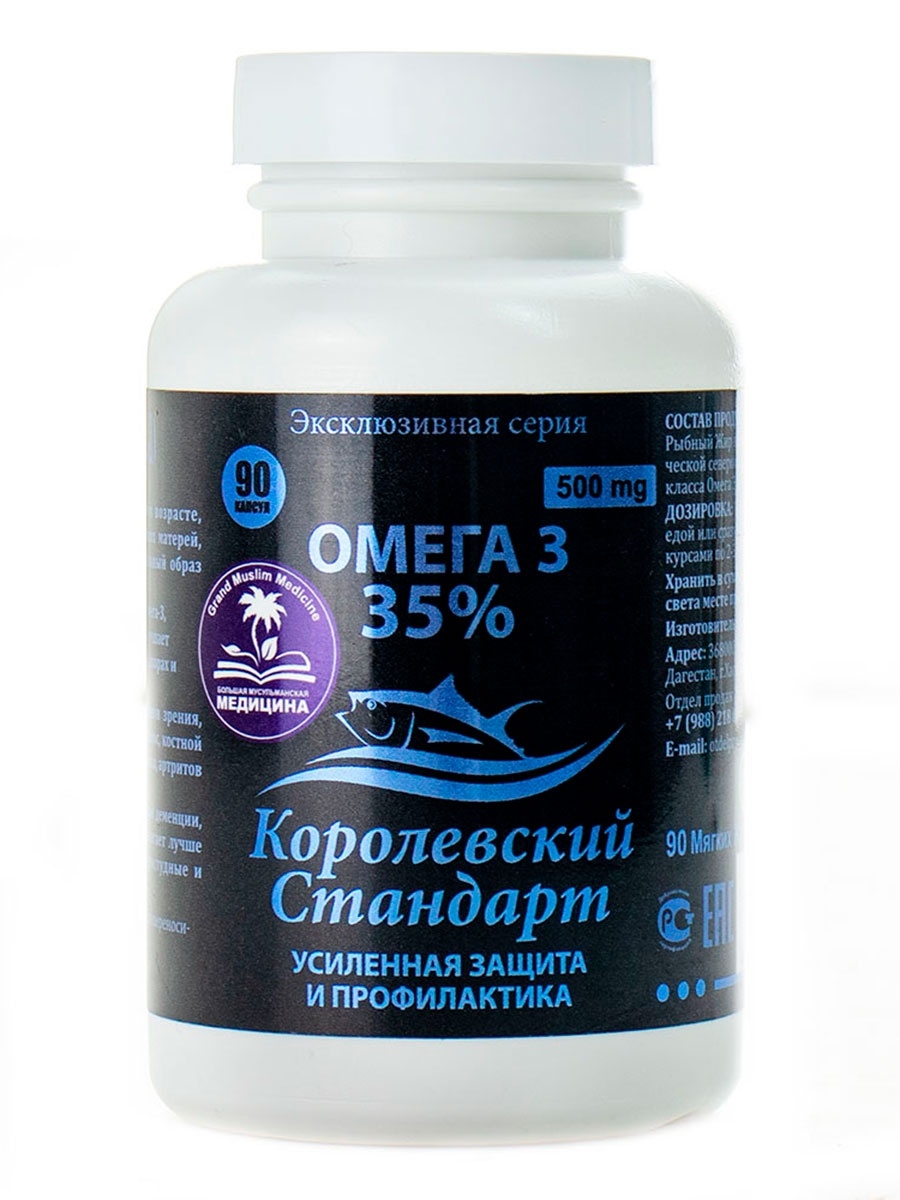
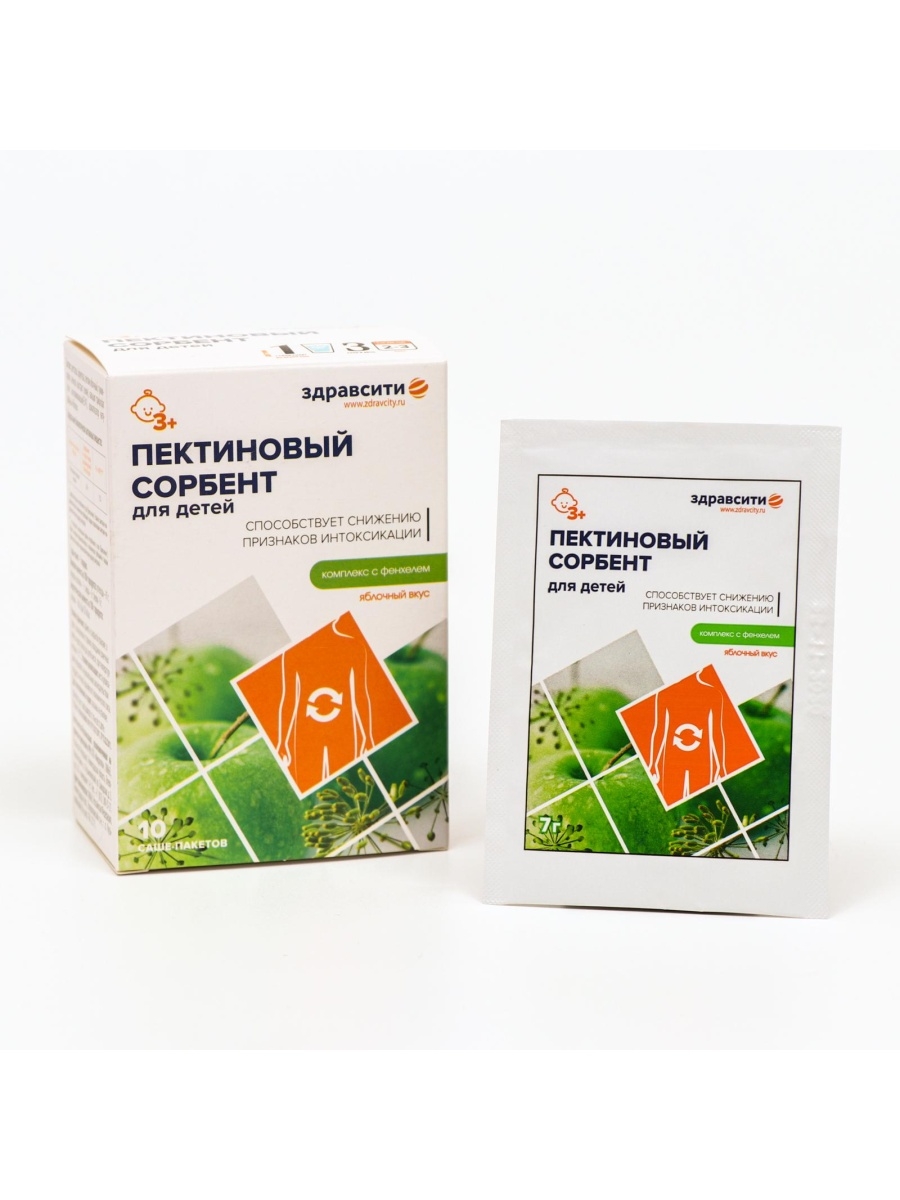
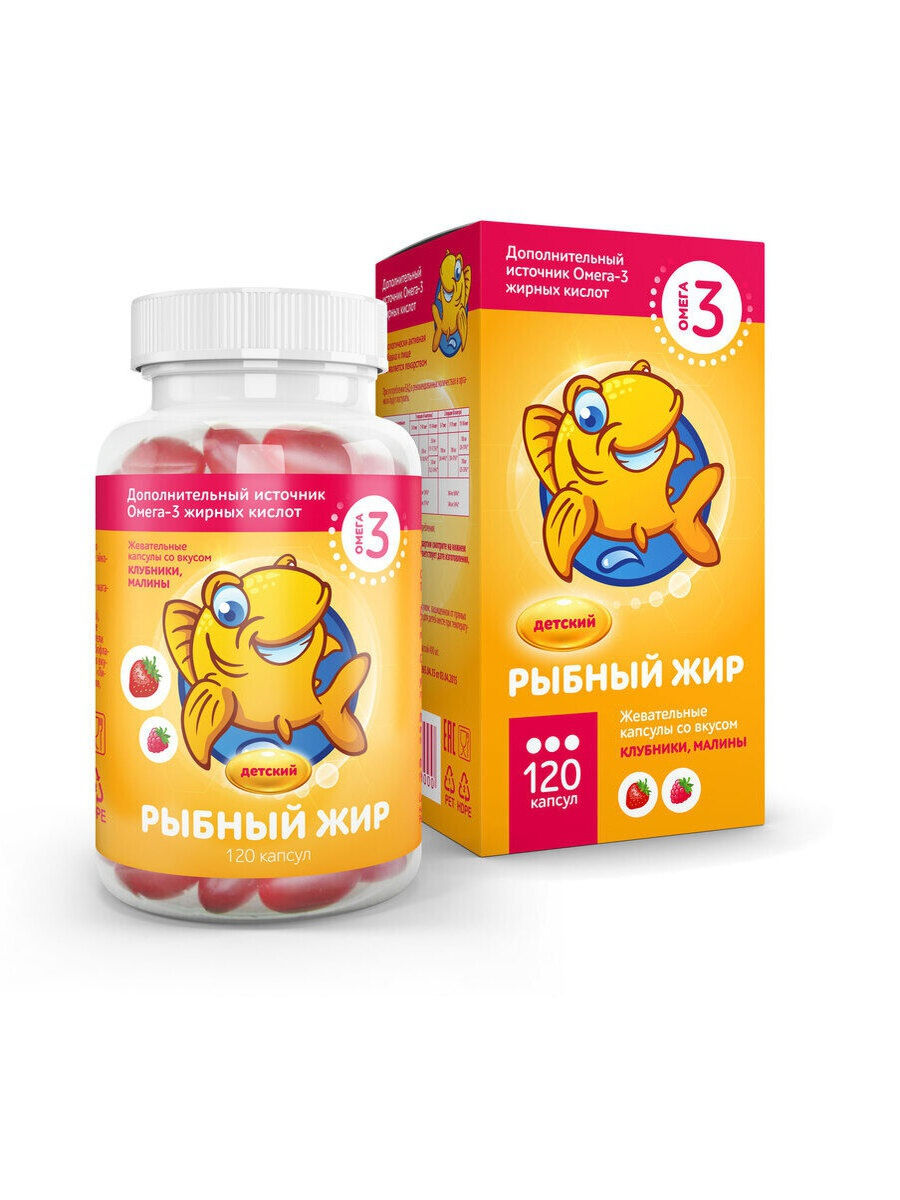
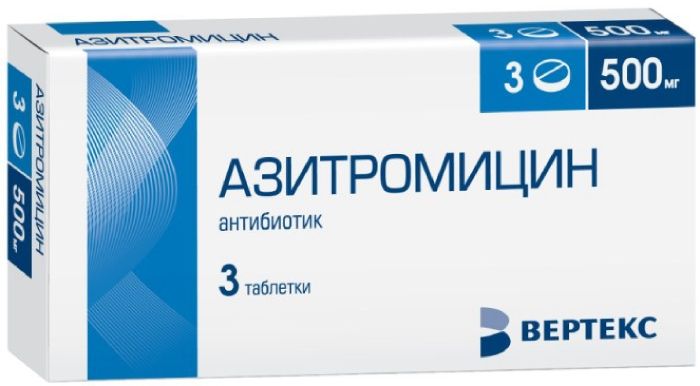
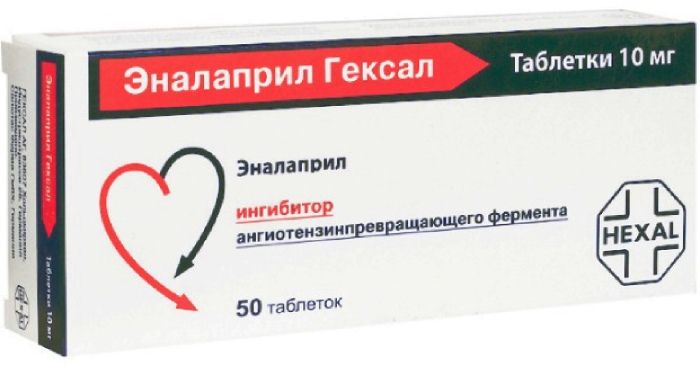





There are no reviews yet.